Teacher Guides
Hundreds of millions of children, often in the poorest countries, are not in education. Hundreds of millions more have access to a classroom but don’t learn inside. For those who go to school but don’t learn, some of the failure can be explained by unsupported teachers and poor learning materials.
For many teachers their profession is a vocation. They want to inspire a love for learning that will stay with someone for life and equip them with the skills needed for their future.
However to be successful, teachers need to be well prepared and in developing countries teaching can be a struggle:
- Training: In sub-Saharan Africa there’s a shortage of qualified teachers, only 44 per cent trained teachers at pre-primary level and 74 per cent in primary—the lowest percentages in the world.
- Literacy: A UWEZO report revealed that in Uganda, 8-out-of-10 teachers can’t do maths at primary school level.
- Absenteeism: In Kenya, teacher absenteeism from class can be as as high as 48 per cent.
Understanding this daily reality in classrooms means thinking carefully about what teaching strategies will be effective in this context. One tool that has proven unusually effective in developing world classrooms is teacher guides. Multilateral agencies such as USAID and organisations like RTI International have effectively deployed them—in Kenya, Liberia, and elsewhere—at scale, leading to large learning gains for thousands of children. For us, learning is a science that requires continuous iteration and adaptation to understand and improve how children learn, and teachers teach.
Teacher guides (and other tools) enable every single teacher to benefit from carefully designed lessons based on world class, contemporary pedagogical research. By enabling teachers to focus on teaching rather than planning or administration, they’re able to focus on pupils and give time to those who are struggling.
Often the focus is on the technology—or the teacher tablet that is used to deliver the guides—but it’s the carefully designed guides themselves that are fundamental to delivering the best lesson possible and improving outcomes.





